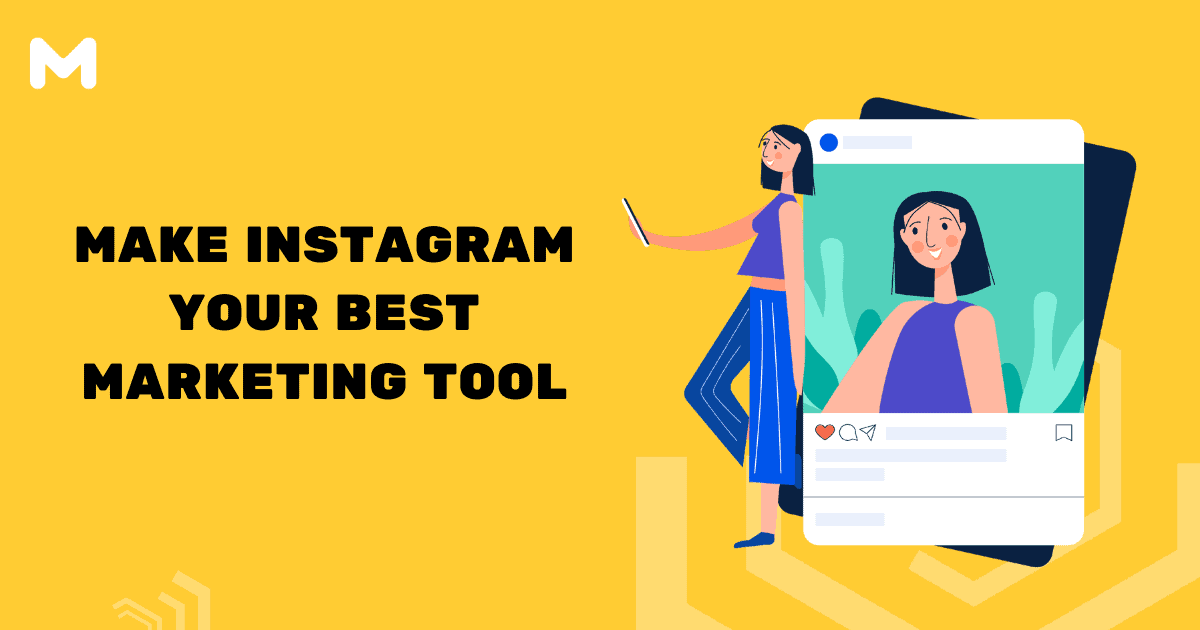More and more people are starting to run Instagram ad campaigns. It’s no longer just huge companies utilizing the new paid platform but rather entrepreneurs in every niche. So, why you need Instagram as your marketing tool? Instagram provides a unique platform to connect with a highly engaged audience through visually appealing content. One of the key benefits of Instagram ads is their ability to target specific demographics, ensuring your message reaches the right people at the right time. Additionally, with advanced analytics and insights, you can measure the success of your campaigns and refine your strategies for even better results.
Here are some additional key facts about Instagram in Malaysia:
- Instagram has a potential ad audience reach of 15.5 million in Malaysia (Kepios, 2022).
- Malaysians actively use Instagram for brand research and get to know new products through advertisements on Instagram and Influencer collaborations.
- The majority of Instagram users in Malaysia are female, comprising 56.4% of the ad audience reach. It is similar to Singapore’s, with 54.2% of its ad audience on Instagram being female.
If you’ve been considering marketing on Instagram, or you’ve just started, and haven’t really found success, this post is especially for you.
Treat Instagram Differently- It Is Not Facebook
Instagram may be owned by Facebook, and you may build and create your campaigns, with the same tools you use to create your Facebook campaigns but they are not the same platform. Just because something works on Facebook, does not mean it will work on Instagram.
Running a successful Instagram ads campaign involves more than simply selecting to also display your campaign on Instagram while publishing your Facebook ad sets. Your campaign needs to be crafted, specifically, for Instagram. The more you tailor it to the network, the more your campaign will resonate with who it is served.
For this point, there are three main aspects you need to focus on:
- Audience
Just because an audience is performing well for your Facebook ad sets, it does not mean it will perform well for your Instagram ad sets. In fact, from my experience, it almost never does. This does seem a bit counter intuitive; however, keep in mind; Instagram is its own platform. Split testing will be a necessity as you begin to flush out Instagram audiences.
Try loosening your age parameter for certain audiences. Target more specific interests or try wider interest groups. It’s hard to say, at this point, what the sweet spot is for your audience size, and every niche is different. It will be up to you to really dive into your audiences and see what works. I have found that running as little as RM30 per day through an audience will give you a good impression of how it will perform. - Images
While you can generally use the same images as your Facebook ads, is that the best thing to do? Instagram is known for its aesthetic. Each niche has its own feel and flavor. Spend some time on the network, find accounts in your niche and get a feel for what they post. There are accounts for every niche with which a product or service could be associated. After you have a feel for the network you need to split test multiple images. Create at least three different images that you feel are high quality and fit the aesthetic of Instagram to test. We have seen bad images more than triple the cost-per-click of ads in an Instagram ad sets. - Copywriting
There are a few things that need to be remembered when running an Instagram campaign when it comes to copy. That link you have in the copy of your Facebook ad won’t do anything on your Instagram ad. Instagram only allows hyperlinks in a user’s bio. Any link you have in your ad copy will not be clickable inside the app. The other important fact is that hashtags can be used in your ad copy. If it makes sense with your ad, you can even encourage the ad audience to tag a friend. This will, naturally, extend the reach of the ad and help you get more organic traffic.
What To Optimize in Instagram Ads?
Use a responsive landing page –
With mobile traffic, it’s important to remember that every screen is different. There are hundreds of different phones and tablets out there, all with different screen sizes and dimensions. The landing page to which you are sending your Instagram traffic needs to respond to every size.
Responsive design means adapting to the device accessing the web page and displaying the information in the way best suited to that device. Part of optimizing your responsive design may mean cutting back on some of the landing page elements. That could consist of images or text. It’s important to make it easy to skim your content from a mobile device. Focus on using bullet points, short paragraphs, and small amounts of copy.
